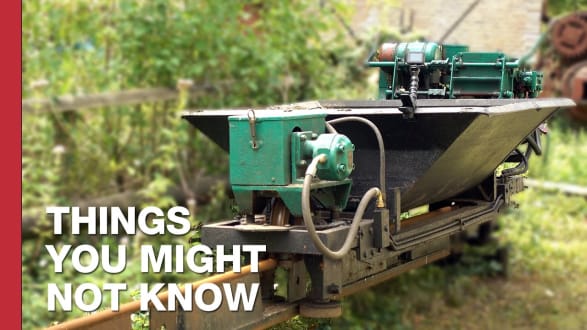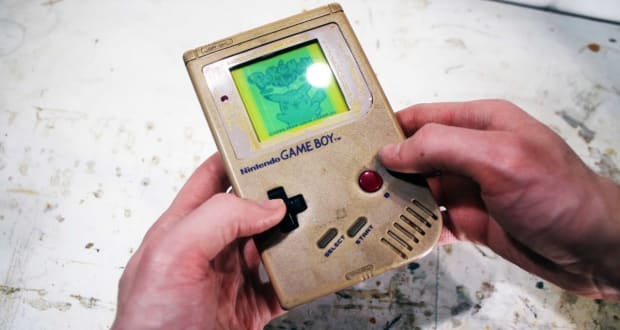photo.
The system, dubbed StripeSpotter, only requires a small amount of human input. Users draw a rectangle around the zebra’s side, then this part of the image is automatically sliced into a number of horizontal bands and each pixel is made fully black or fully white, creating a low-resolution version of the zebra’s stripes.
Each band is then encoded as a StripeString, a sequence of coloured blocks with particular lengths – for example, white for two blocks, black for three, white for one – and the collection of StripeStrings forms a StripeCode, the zebra equivalent of a barcode — via benno.newsvine.com
Share this Story















 RSS – Posts
RSS – Posts